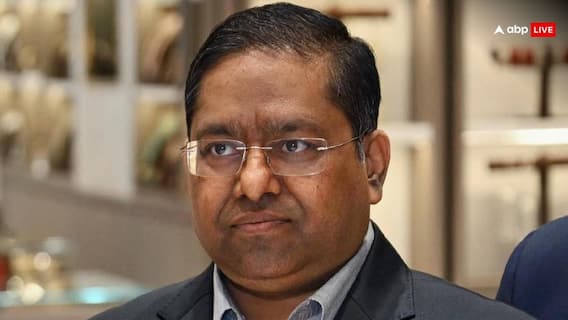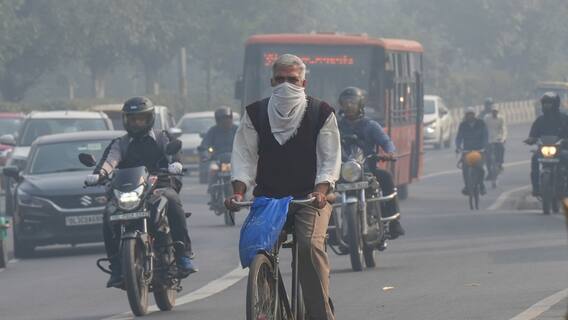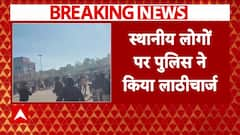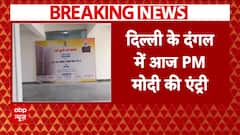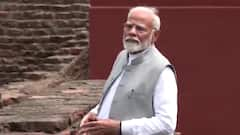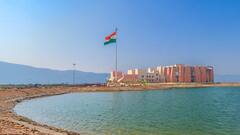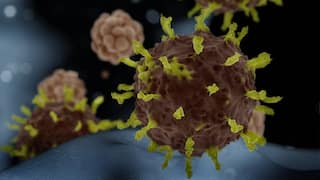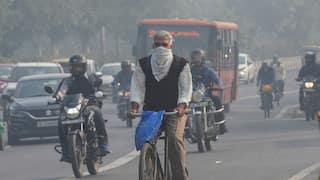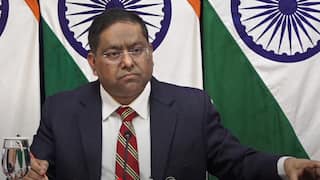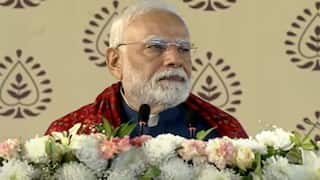Explorer
Advertisement
Children In 62% Surveyed Homes Discontinued Education Amid Covid-19 Crisis: Report
A rapid needs assessment that surveyed 7,235 families across 15 states found out that 62 percent children in surveyed home discontinued education and many have not been receiving proper nutrition.

(File Photo: Getty images)
New Delhi: Children in about 62 percent households discontinued their education amid the coronavirus outbreak, according to a rapid needs assessment that surveyed 7,235 families across 15 states. ALSO READ | CBSE Class 10, 12 Digital Marksheets To Be Made Available On UMANG; Here's All About It
The rapid needs assessment was carried out by child rights NGO Save The Children to understand challenges, thematic priorities and impact of coronavirus among target beneficiaries. It was conducted from June 7 to 30, 2020.
As many as 7,235 households participated in the survey. In the country's northern region, 3,827 households were surveyed while in the southern region 556 households were surveyed.
In the eastern region, 1,722 households were surveyed while in the western region 1,130 households were surveyed.
The assessment found that the discontinuation of children's education was reported by three-fifths (62 per cent) of the surveyed households with the highest number was recorded in north India at 64 per cent and the least in south India at 48 per cent.
No immediate reaction was available from the HRD ministry on the assessment.
On mid-day meals (MDM), the survey found that close to two-fifth of the households reported that their children were not receiving them.
ALSO READ | Punjab CM Urges PM To Reconsider UGC's Decision On Conducting Final Year Exams; 'Let The States Decide'
Across hubs, 52 per cent of West (highest), 39 per cent of North, 38 per cent of South and 28 per cent of East (least) reported that they were not receiving mid-day meals.
"In terms of the settlement, out of total 40 per cent of urban and 38 per cent of rural children were not receiving MDM," it found.
The assessment also found that 40 per cent people were not able to provide adequate meals and eight out of 10 households reported loss of income.
Anindit Roy Chowdhury, director of programmes and policy impact, Save the Children (India), said what the report highlights is that a large proportion of children are not receiving any kind of support in terms of education.
"The picture is certainly not rosy. Children are not getting a nutritious diet as well. The mid-day meal that children are used to getting, they are not getting it. Children are not just missing out on education but they are also missing out on what they were getting to eat," he told PTI.
The assessment found that two out of five households reported that they did not receive any kind of support either from the school or from the education department for their children's education.
The report said "52 per cent of East (highest), 40 per cent of South, 39 per cent of North and 34 per cent of West (least) households reportedly did not receiving any kind support for their children education".
It further said, "42 per cent of rural and 40 per cent of urban households had not received any kind of education support".
In addition, the assessment said that 14 percent households did not have smartphone or required internet bandwidth connection to attend online sessions.
It also found that four out of ten children were reportedly ''playing at home with learning'' and one out of four children were ''working at home'' due to closure of schools.
ALSO READ | Covid-19 Impact: Deputy CM Manish Sisodia Cancels All Delhi State University Exams Including Finals
Acute shortage of cash and lack of livelihood opportunities were among the most crucial challenges identified by the assessment.
Lack of livelihood opportunities was reported by nearly three-fourths (74 per cent) of the households while acute shortage of cash was reported by 80 per cent households.
"Close to half (45 per cent) of households started taking distress measures like credit, mortgage and loan while one in ten households reportedly sold household items and assets," it found.
It also found that close to one in five households reportedly have not been receiving ration from the public distribution system.
"Across hubs, 27 per cent of North (highest), 17 per cent of West and 7 per cent each for East & South (least) households reported not to have received ration under PDS," it said.
Mr Chowdhury said once migrant workers return home from other states they may have a house there but they do not have a livelihood.
"It means there are more mouths to feed in limited income that has put a tremendous burden on the overall rural part of the country. It was seen that food scarcity was obvious at urban level but now we are seeing that at the rural level also livelihood has taken a big hit and this has repercussions," he said.
"One livelihood impact that we are very worried about is we will see exponential growth in terms of child labour. We are certain about it. We will see trafficking growing for child labour, domestic servitude and commercial sexual exploitation. Another thing which will have long term impact is child marriage which will be on an all-time high," he said.
However, Mr Chowdhury said, "it is too little a data to predict a particular trend".
The rapid needs assessments are generally undertaken immediately after a disaster to provide information on needs, possible courses of action and resource requirements.
Education Loan Information:
Calculate Education Loan EMI
Follow Education News on ABP Live for more latest stories and trending topics. Watch breaking news and top headlines online on ABP News LIVE TV
View More
Advertisement
Trending News
Advertisement
Advertisement
Top Headlines
India
Health
Cities
India
Advertisement


Nayanima Basu
Opinion






